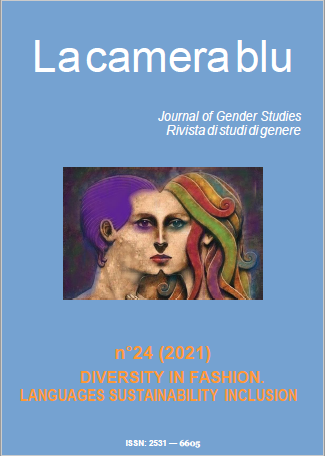“Girls aren’t what they used to be”: renegotiating gender roles in Agatha Christie’s Beresford novels
DOI:
https://doi.org/10.6093/1827-9198/8887Keywords:
flapper heroine; gender roles; Golden Age; Agatha Christie; detective fictionAbstract
The essay aims at analysing the figure of the flapper heroine in Christie’s Beresford novels. Tuppence Beresford, the most popular among Christie’s courageous young adventurers, embodies the social and economic independence that various women were experiencing during and after the years of the Great War. She is outspoken, resolute and meets physical danger. She moves between the public and the private spaces using the limits society imposes on women to her advantage. Although Christie does not make her the leading detective of the adventures, Tuppence’s relationship with Tommy is based on equality and the final solutions are the result of an equal partition of roles. With the Beresford novels, Christie renegotiates her idea of marriage. Marriage is ‘a joint venture’ where traditional gender roles are destabilised and women’s association with the domestic sphere is often questioned. Tuppence defends her right to be considered an equal partner both in marriage and in life and balances her private life with professional responsibilities.
Downloads
Downloads
Published
How to Cite
Issue
Section
License
La camera blu is an open access, online publication, with licence CCPL Creative Commons Attribution 3.0 Unported


